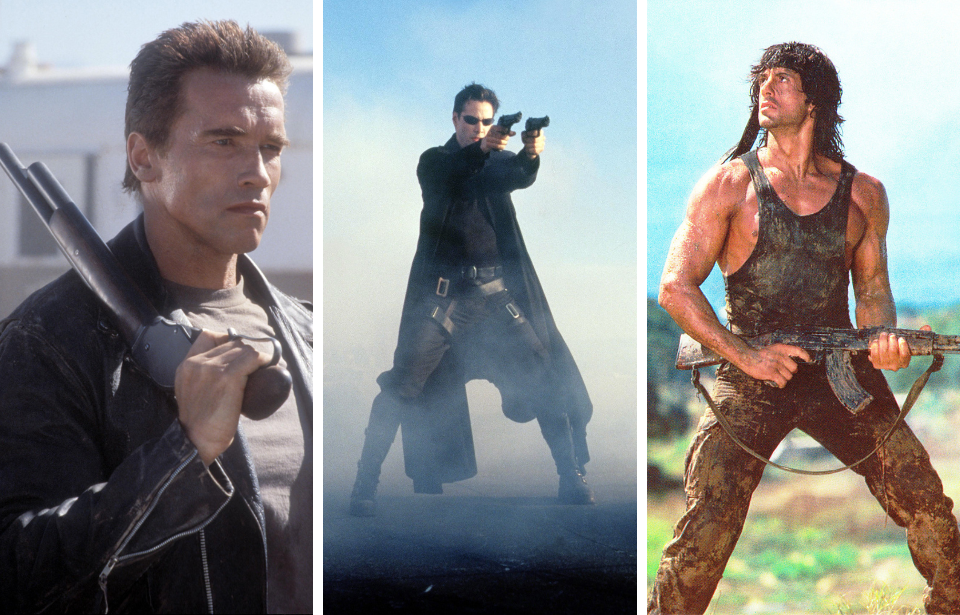Some of Hollywood’s most popular action heroes are expected to know a thing or two when it comes to firearms, and we know how inaccuracies can completely throw off the credibility of even the most celebrated films. From the James Bond franchise to The Matrix (1999) and Die Hard (1988), the following errors show just how wrong movies can be when it comes to guns.
There’s no such thing as a true silencer
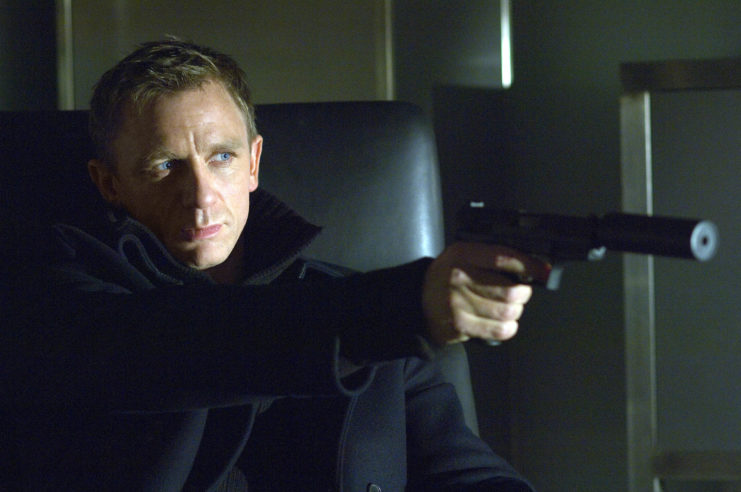
The stealthy silencer is a key tool in any spy movie, such as the James Bond franchise, as it gives the operator the ability to fire their weapon without making a sound. While silencers, better known as suppressors, do work to lessen the sound of a bullet being fired, they are far noisier and revealing than most movies let on, making this one of the more frequent errors involving guns to feature on our list.
Movie silencers typically look like long, wide tubes that are screwed onto the barrels of handguns. According to National Interest, however, the silencers used in movies are no more than props. Most also use blanks, which are significantly more quiet than real bullets.
In real life, suppressors are far more complex. Instead of silencing the sound of a bullet, they’re designed to slow down the gases that are dispersed when a gun is fired, muffling the sound. They don’t completely eliminate it. In fact, a gun equipped with a suppressor still creates a sound that’s above the number of decibels needed to damage one’s hearing.
Guns can’t be fired underwater
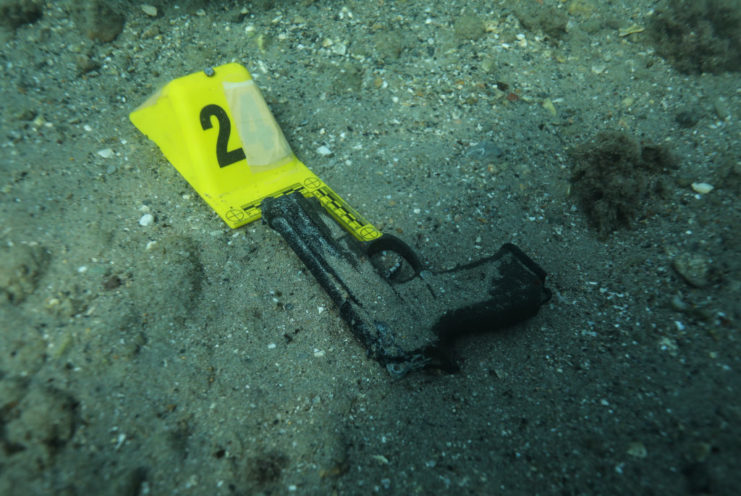
Action film franchises like John Wick (2014) and Lethal Weapon (1987) both feature scenes where a gun is fired underwater, but is this even possible in real life? One Physicist decided to find out for himself.
Standing submerged in a pool, Andrew Wahl pulled a cord to fire a bullet from a gun positioned approximately six feet in front of him. He filmed as the bullet slowed to a complete stop halfway between himself and the submerged weapon, proving that firing a bullet directly into the water is a surefire way to lose a shootout.
Water is 800 times denser than air, greatly slowing a bullet’s trajectory until it comes to a stop before ever reaching its target.
You can, in fact, run out of ammunition – just don’t tell Rambo
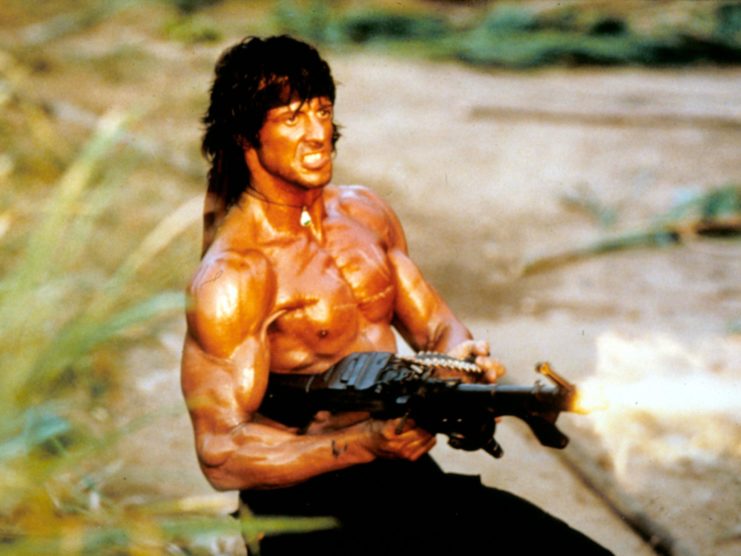
This is one of the greatest errors movies make when it comes to guns. Automatic rifles are continuously fired, without any worry that the barrel will overheat and fail, despite this being something many of the gun-wielding characters in these films would be trained in.
Changing barrels is usually left out of such films as those in the Rambo franchise. Related to this, characters always seem to have an infinite supply of ammunition on hand at all times, something your everyday gun-toting individual would not.
Recoil is real – and it hurts
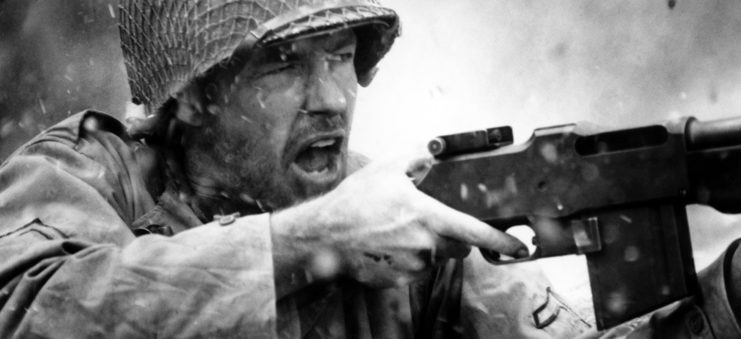
Regardless of if it’s a veteran soldier or a first-time shooter, recoil, or “kickback,” seems pretty much nonexistent in Hollywood. It’s for this reason that we’ve decided to include it on our list of errors movies make when it comes to guns.
Many experienced gunmen understand the powerful impact kickback can have on aim, accuracy and overall performance. As a bullet is fired, the same force needed to push the round toward the target is also exuded backward toward the shooter – the more powerful the gun, like the M60 machine gun or Heckler & Koch MP5 submachine gun, the stronger the recoil.
A gunshot can’t actually knock you off your feet
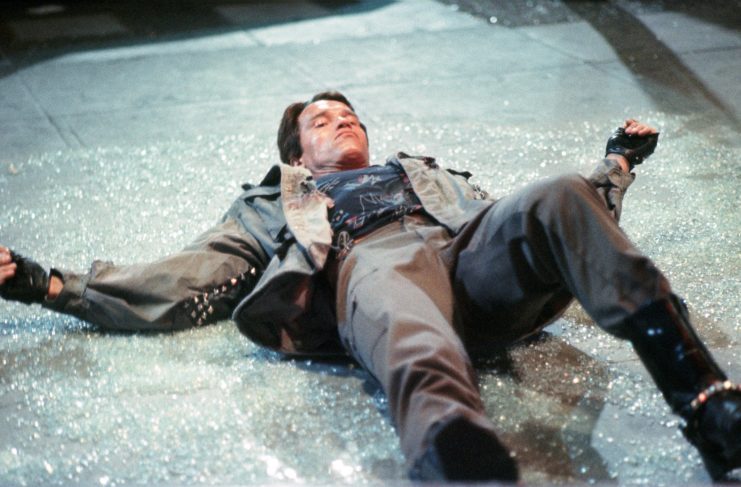
In a typical action movie gunfight, someone gets hit with a bullet with so much force that they’re knocked backward and seem to soar through the air. Simple physics makes it pretty easy to explain why this has never happened in real life. Considering the size of most bullets, being struck with even a large caliber – like the 5.56 x 45 mm NATO – barely packs enough punch to throw you off your balance. Not to mention the velocity of a bullet drops to zero once it strikes something.
If it happened to have enough energy to knock you off your feet, it would likely pass right through you.
Bulletproof vests don’t work that way
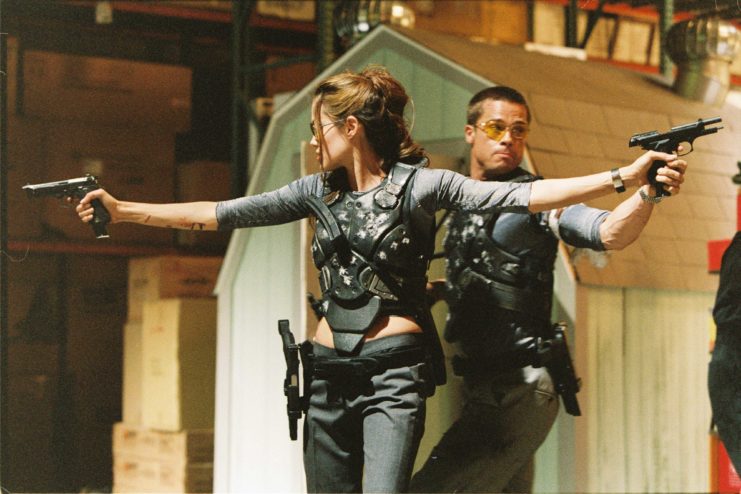
Bulletproof vests are portrayed as a guaranteed safety net from any and all ammunition, but most are far from impenetrable. Even tactical gear manufacturers warn that bulletproof vests are, in fact, not completely bulletproof – they’re “bullet resistant.”
Movies tend to show bullets ricocheting off a vest as if it was some sort of superhuman forcefield, but, in reality, the goal of the protective equipment is to slow down a bullet before it has the chance to penetrate skin. This means that, while it doesn’t hurt as much as being shot without any protection, it does leave the wearer shocked, injured and even immobilized.
According to Spartan Armor Systems, “Body armor wearers will likely experience bruising and possibly even internal bleeding and cracked ribs, along with pain.”
Dual-wielding
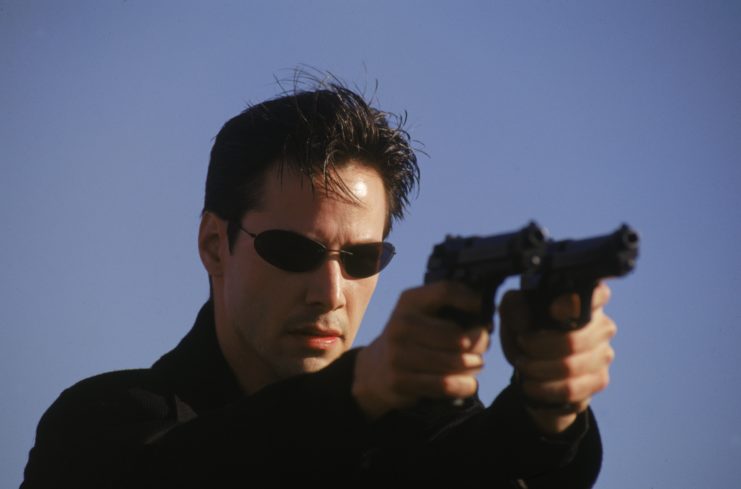
Perhaps one of the most iconic moves an action hero can make is the slow-motion jump while aiming a pistol in each hand. In real life, however, this would be impossible to execute accurately. Pistols aren’t one-handed devices. They typically need to be held and steadied with both hands to achieve an accurate shot, making it twice as hard as it should be to fire them.
We’re sorry, Hollywood, but this is one the most glaring errors movies make when it comes to guns and gunfights.
Snipers
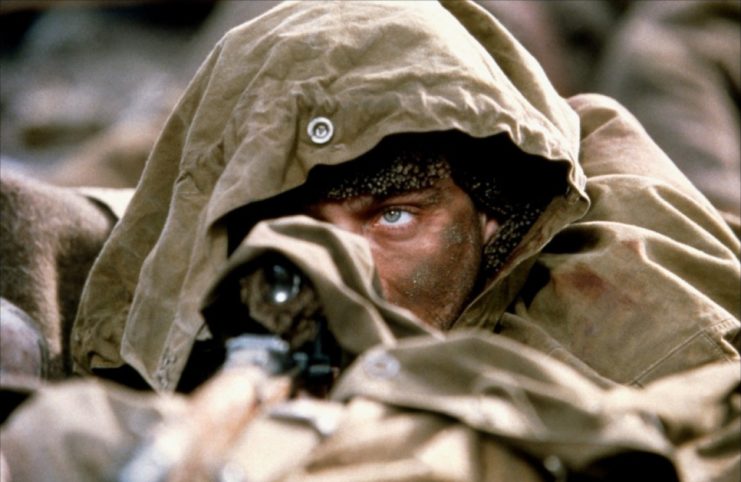
The role of the solitary sniper is seen in such Hollywood classics as Saving Private Ryan (1998) and Enemy at the Gates (2001), but many don’t act alone. Snipers typically work in pairs with a spotter, requiring them to be excellent communicators and team players, despite what some movies portray.
Not only is the spotter an important role, it’s also the leading position in a duo. According to the Department of Defense, spotters identify the gear needed for a mission, communicate with the command team, make a plan, and are the ones to identify the target and give the command for the sniper to shoot.
Shaking off a bullet to the shoulder
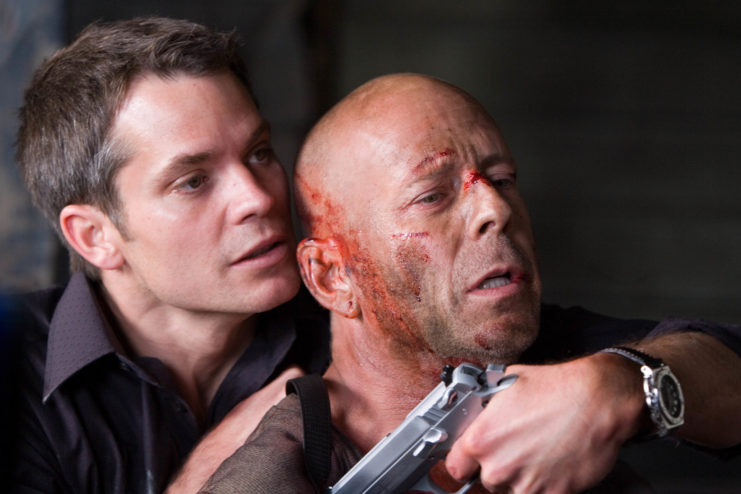
Of all the places to get shot, it seems like a bullet to the shoulder would be one of the best-case scenarios. In action movies, the hero typically gets hit in the shoulder, but manages to keep going without so much as a flinch, a testament to their strength and dedication. In reality, a bullet to the shoulder could be deadly.
The shoulder houses several important arteries, joints, nerves and the collarbone. The most vital are the brachial artery, the main artery of the arm, and a bundle of nerves called the brachial plexus, which controls arm function. Both could be severely damaged by a gunshot.
A shot to the shoulder could be a devastating blow to any action hero, potentially leading to lethal blood loss or a “dead” arm.
Guns don’t go off when you drop them
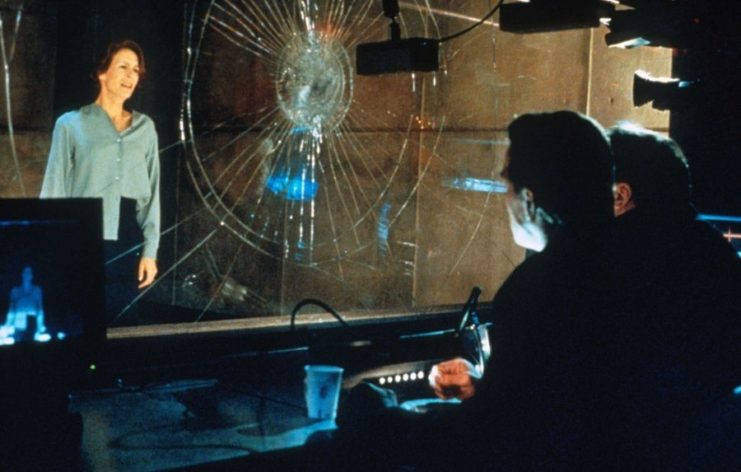
Guns are an incredibly dangerous responsibility that shouldn’t be taken lightly, and with firearms comes the importance of proper handling. For those who haven’t been around a loaded gun before, the thought of accidentally discharging one is terrifying. A number of movies take this fear to a whole other level by including scenes that show a rifle going off just by dropping it on the ground, providing an opportunity for the assailant to escape.
More from us: Six Things War Movies Get Wrong About Grenades
In reality, most modern guns are manufactured with built-in safety features to ensure user errors like dropping the weapon don’t result in an accidental discharge – very much unlike what’s seen in movies.
